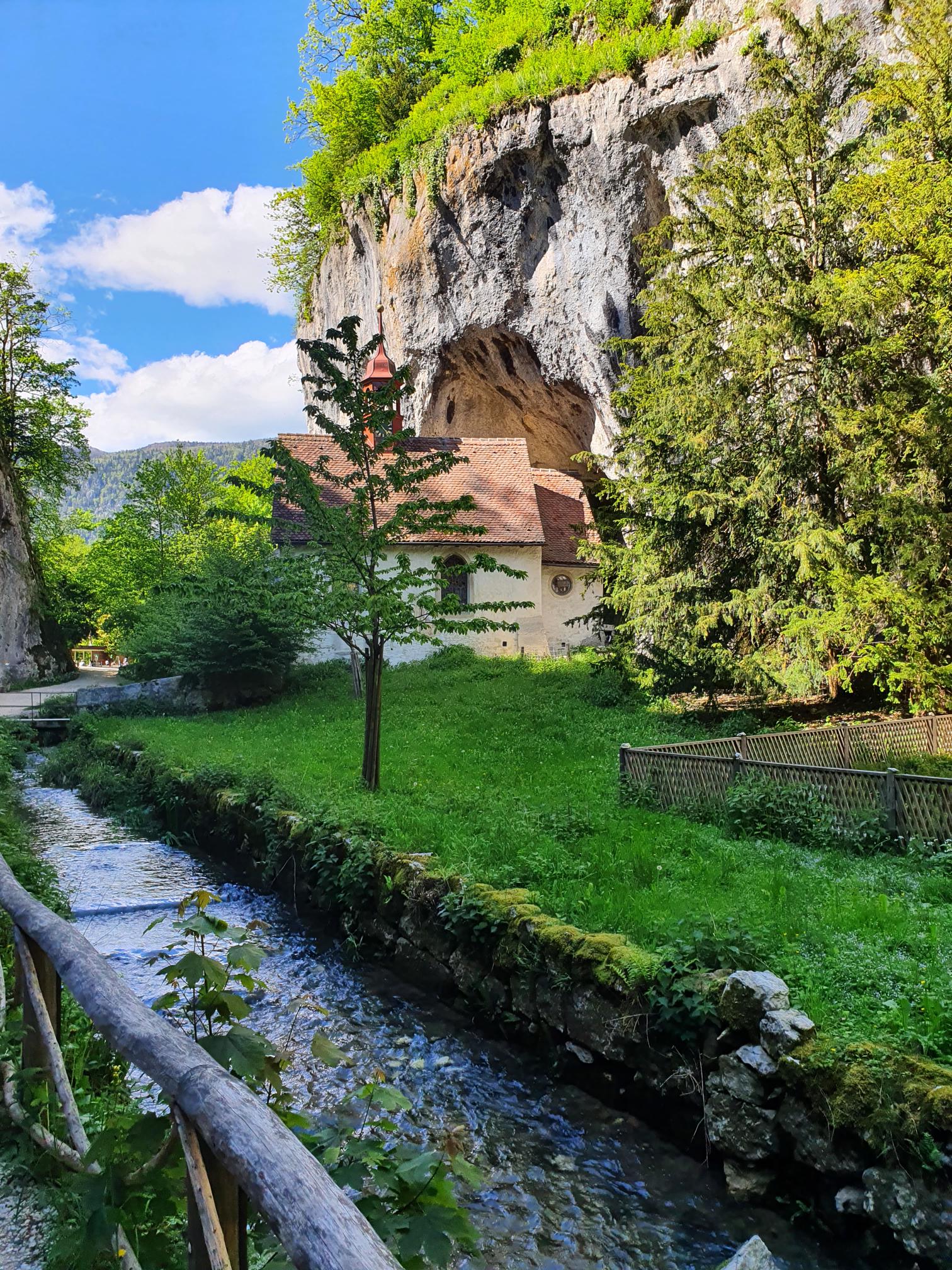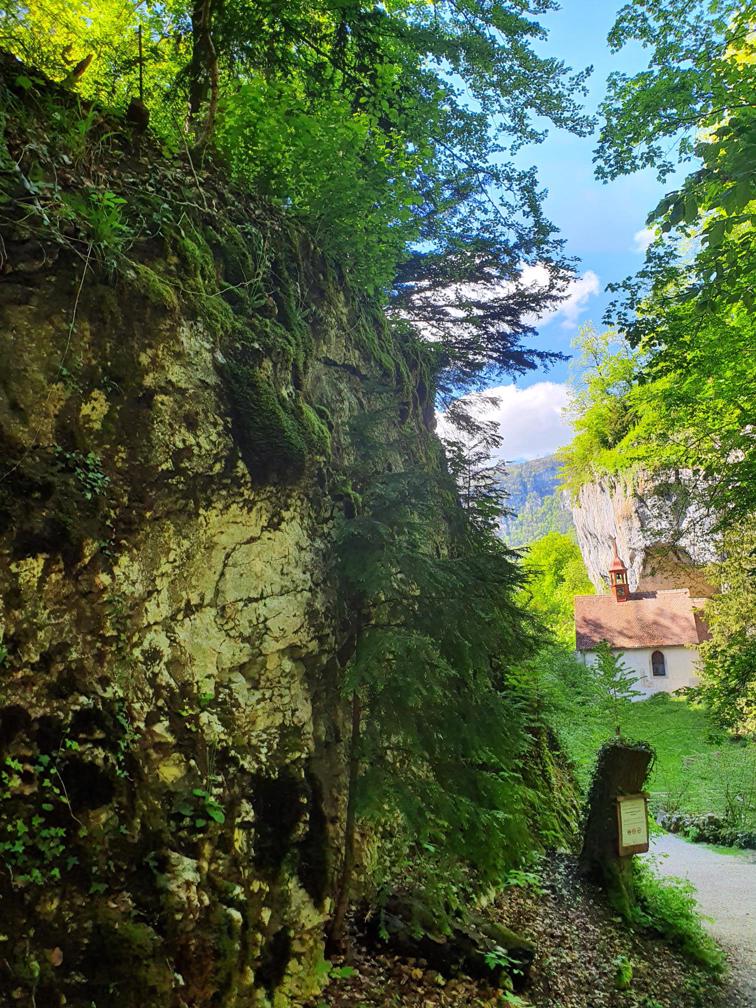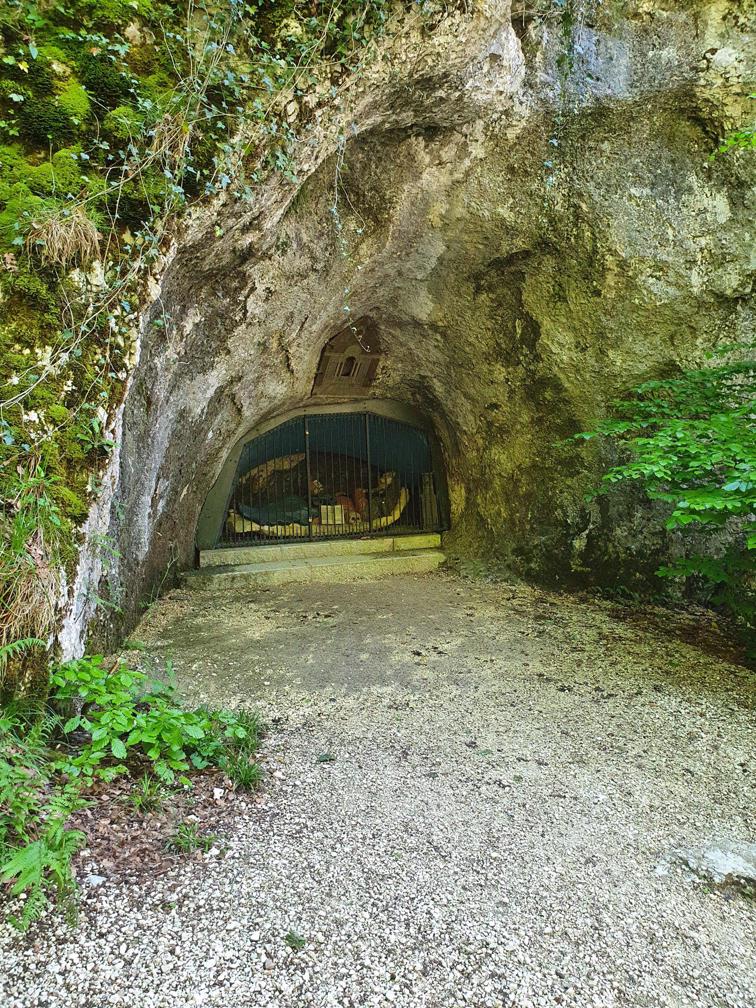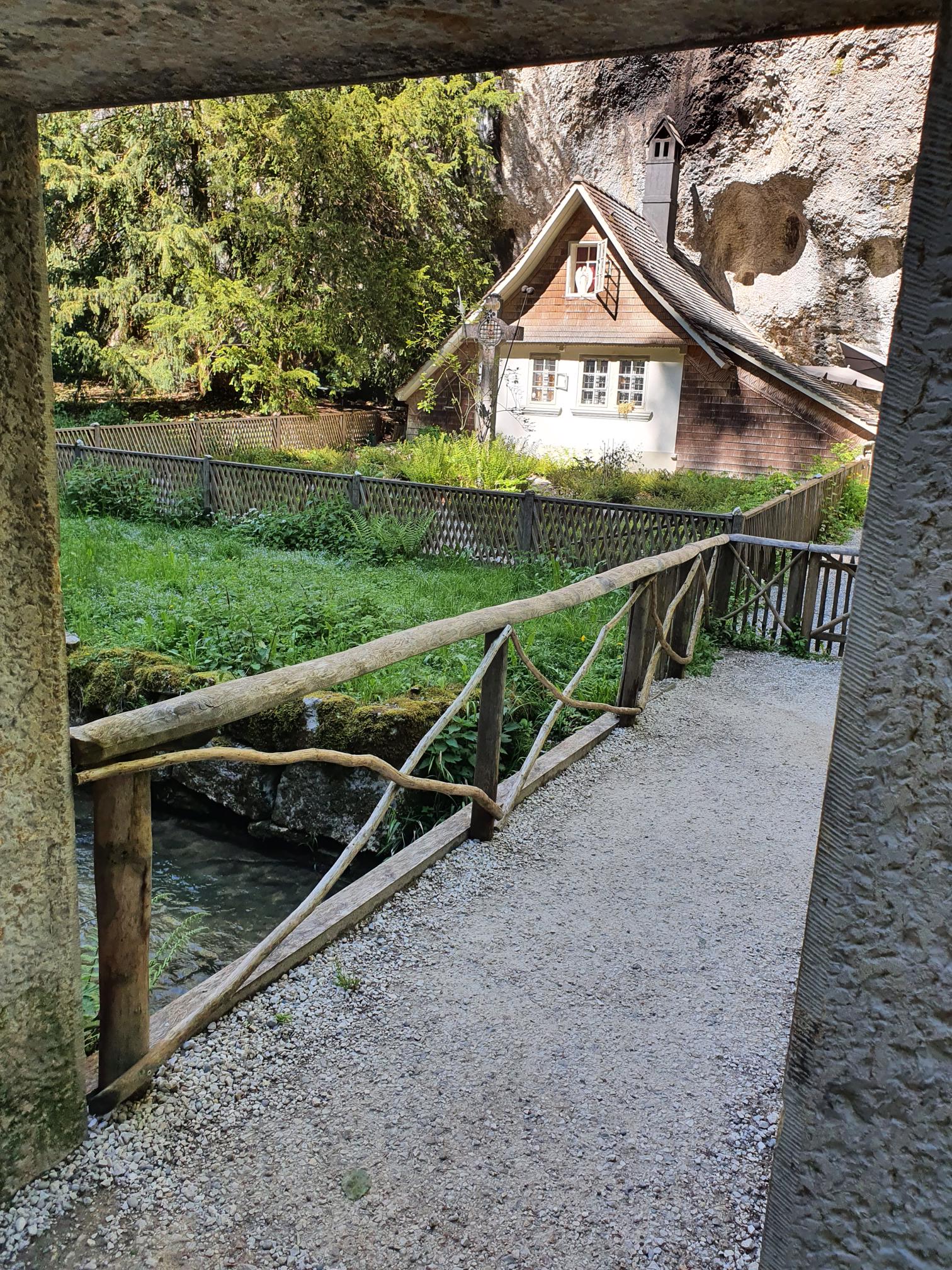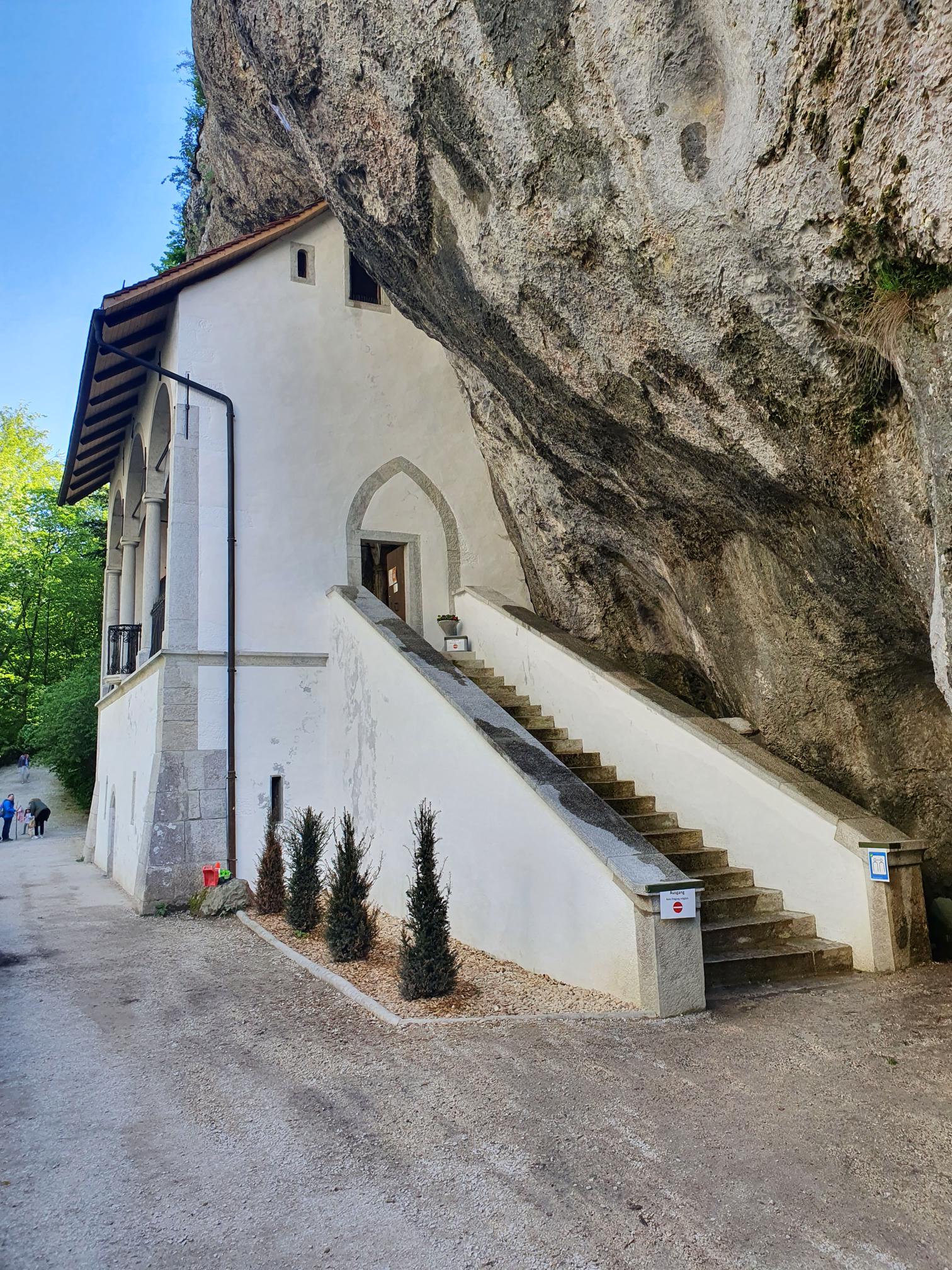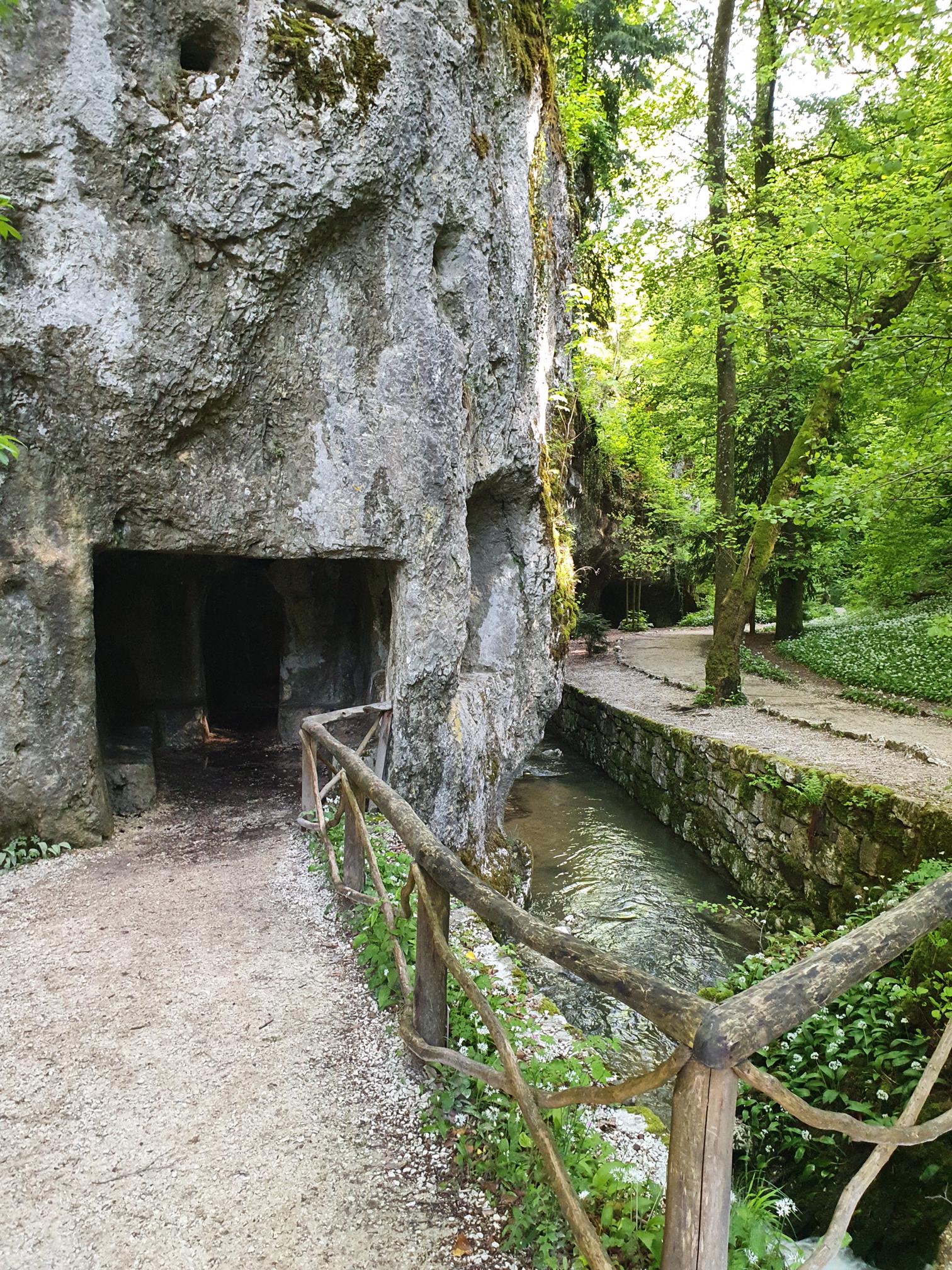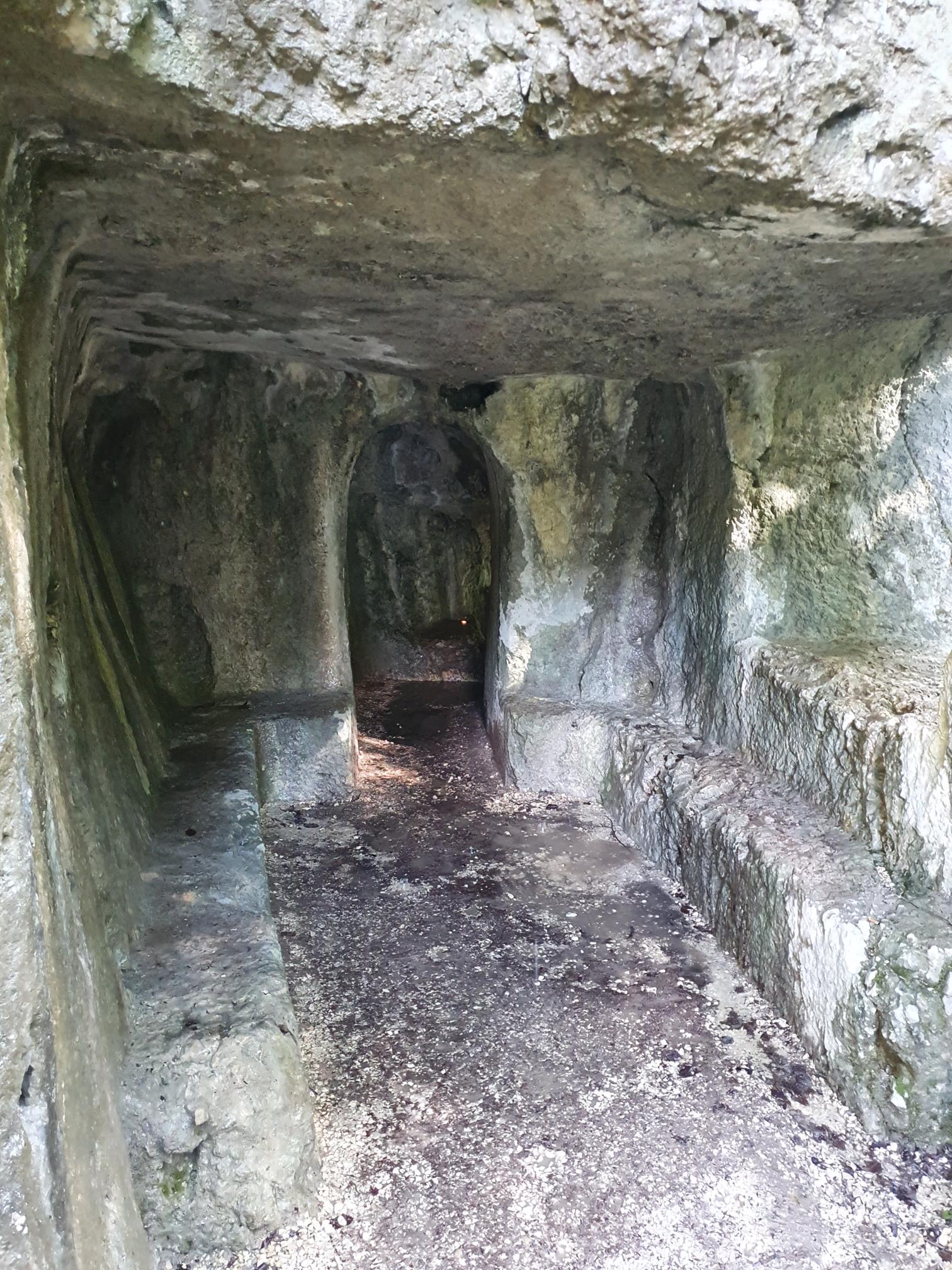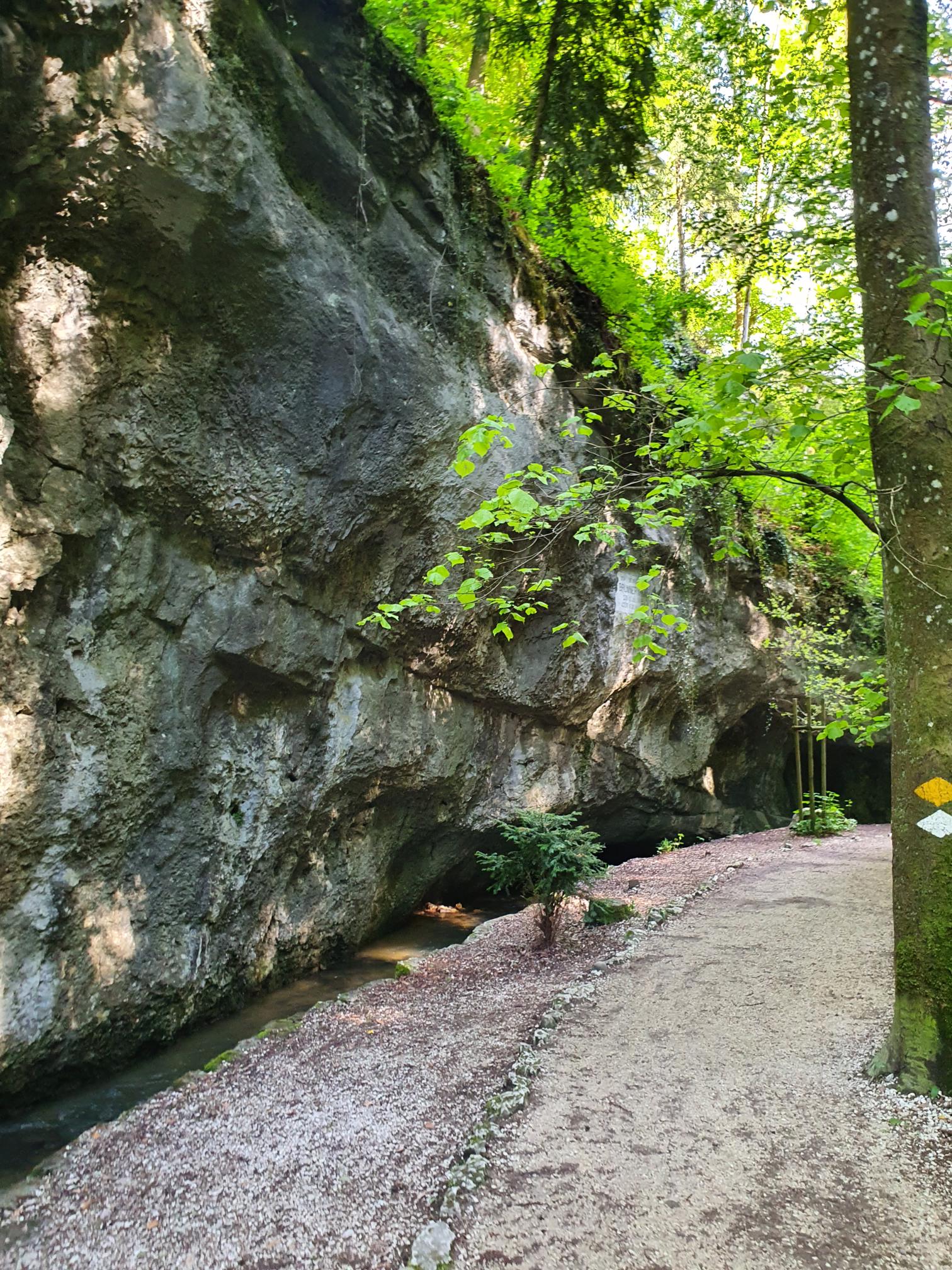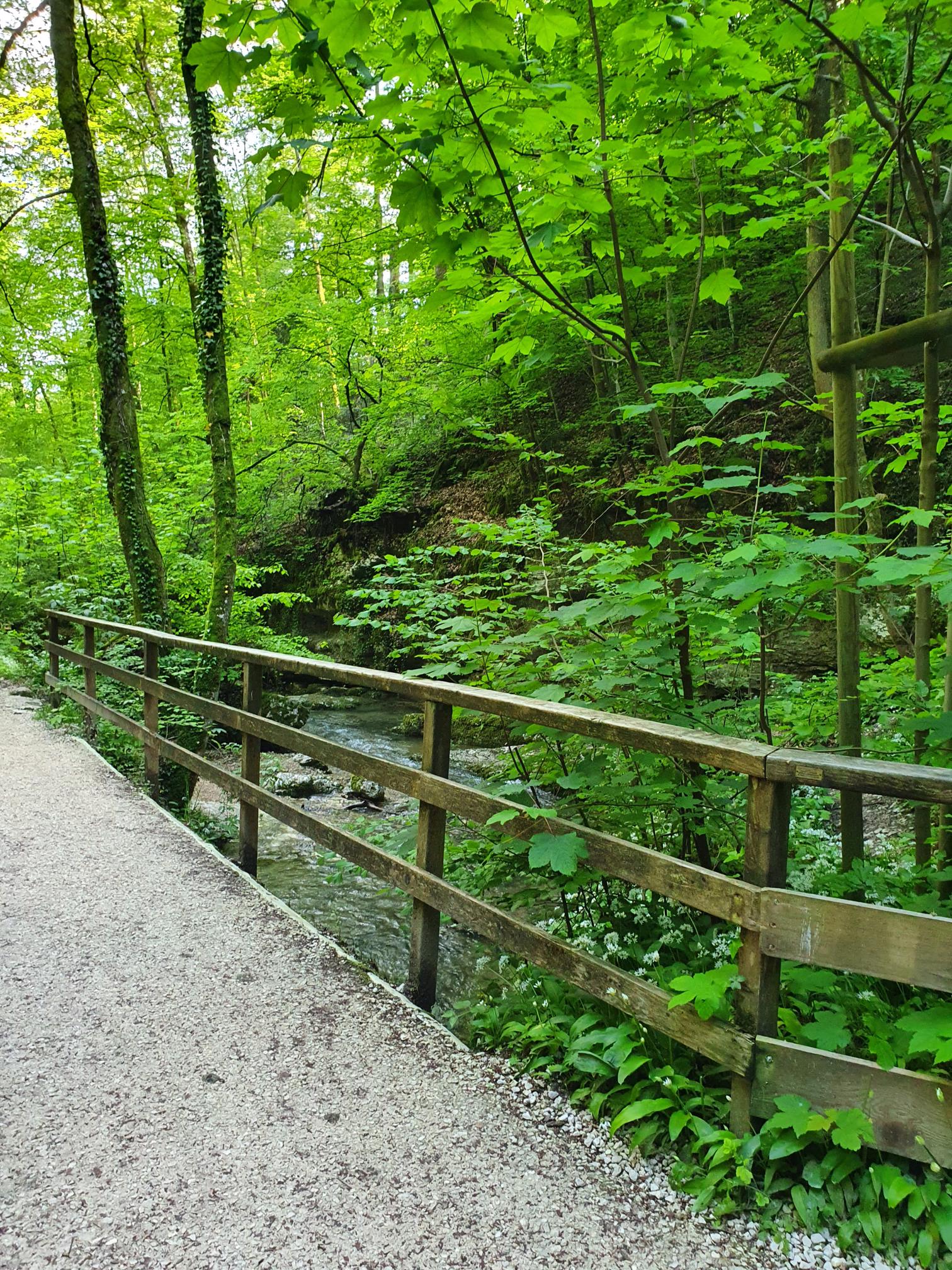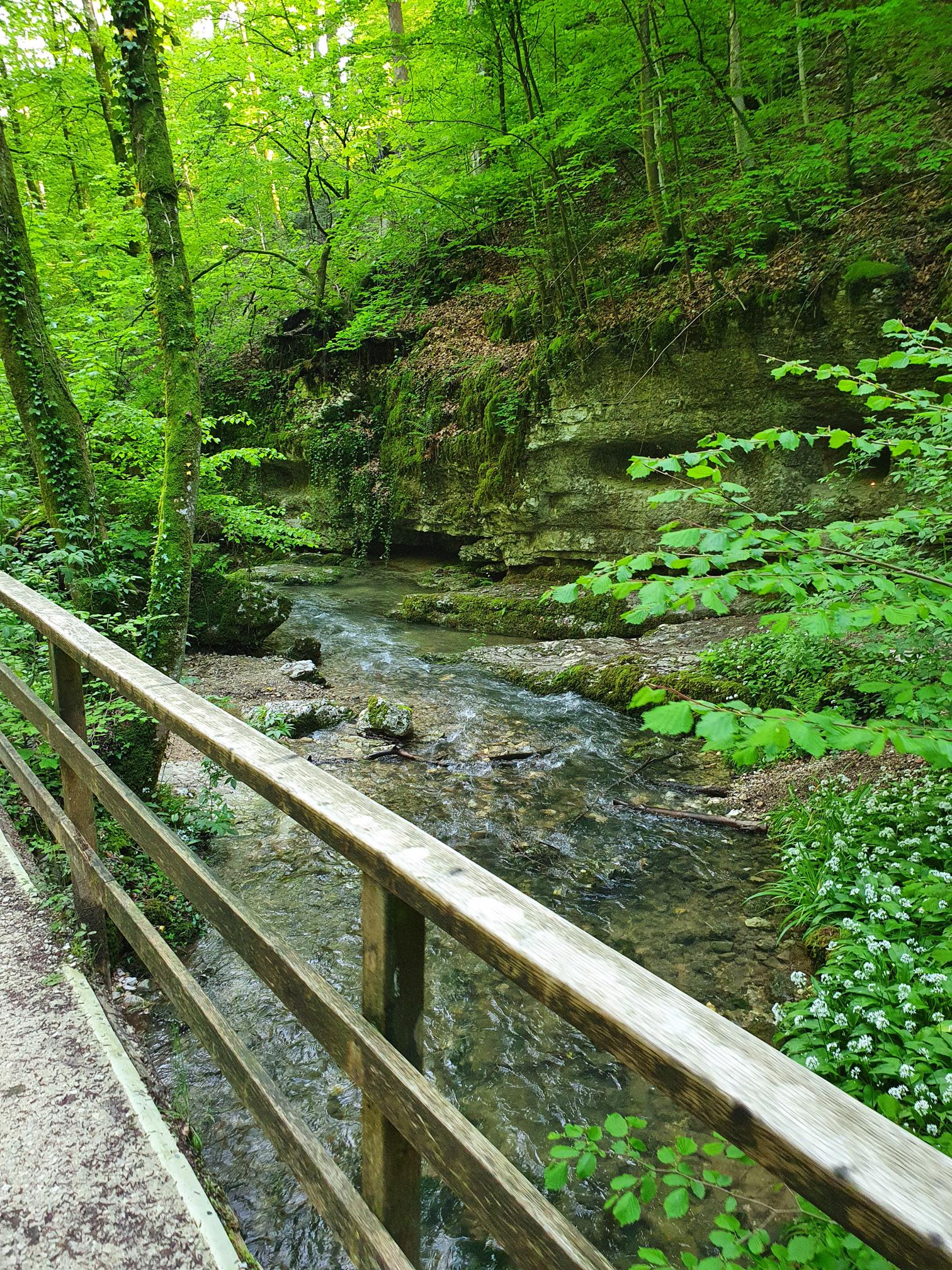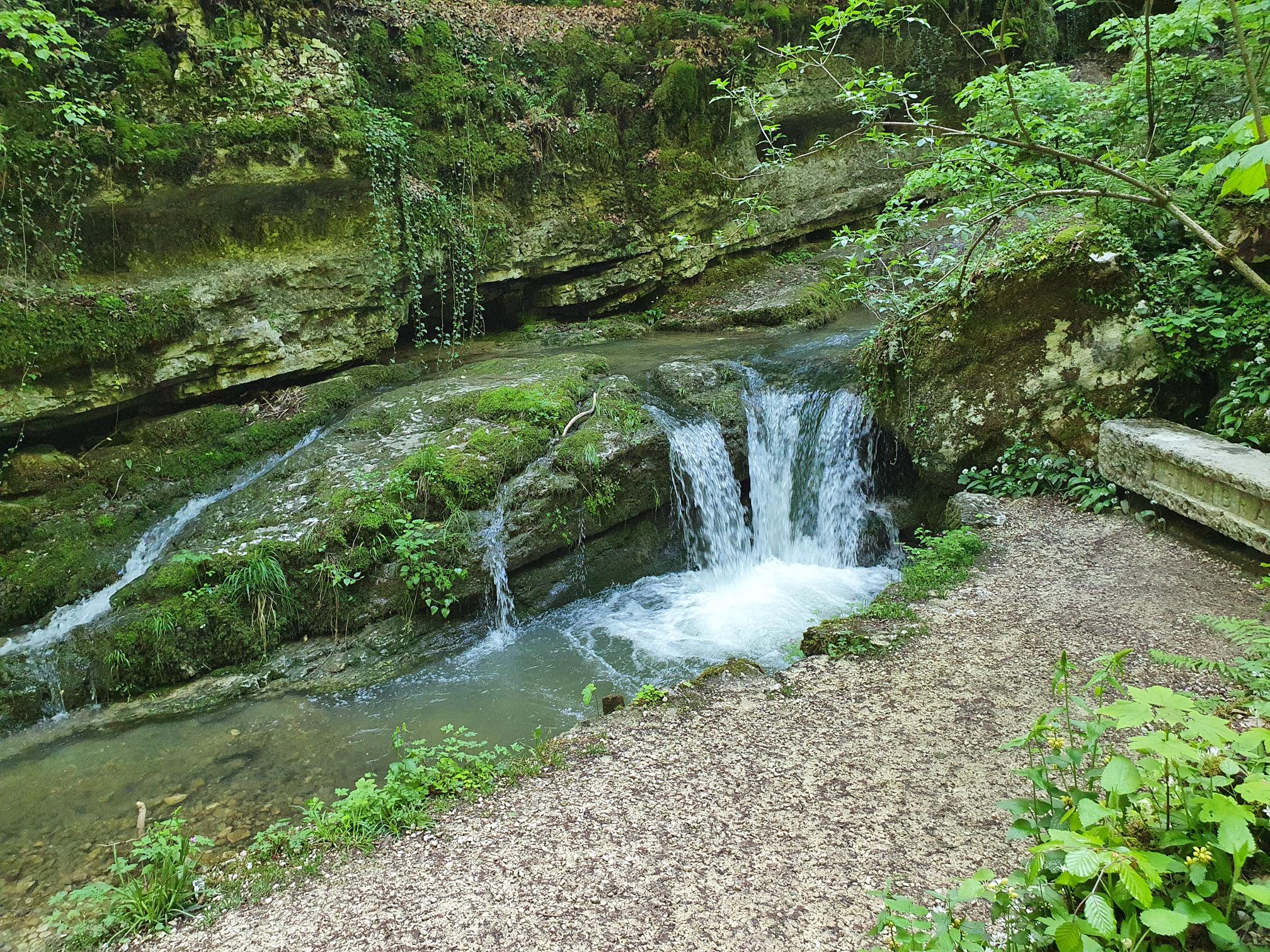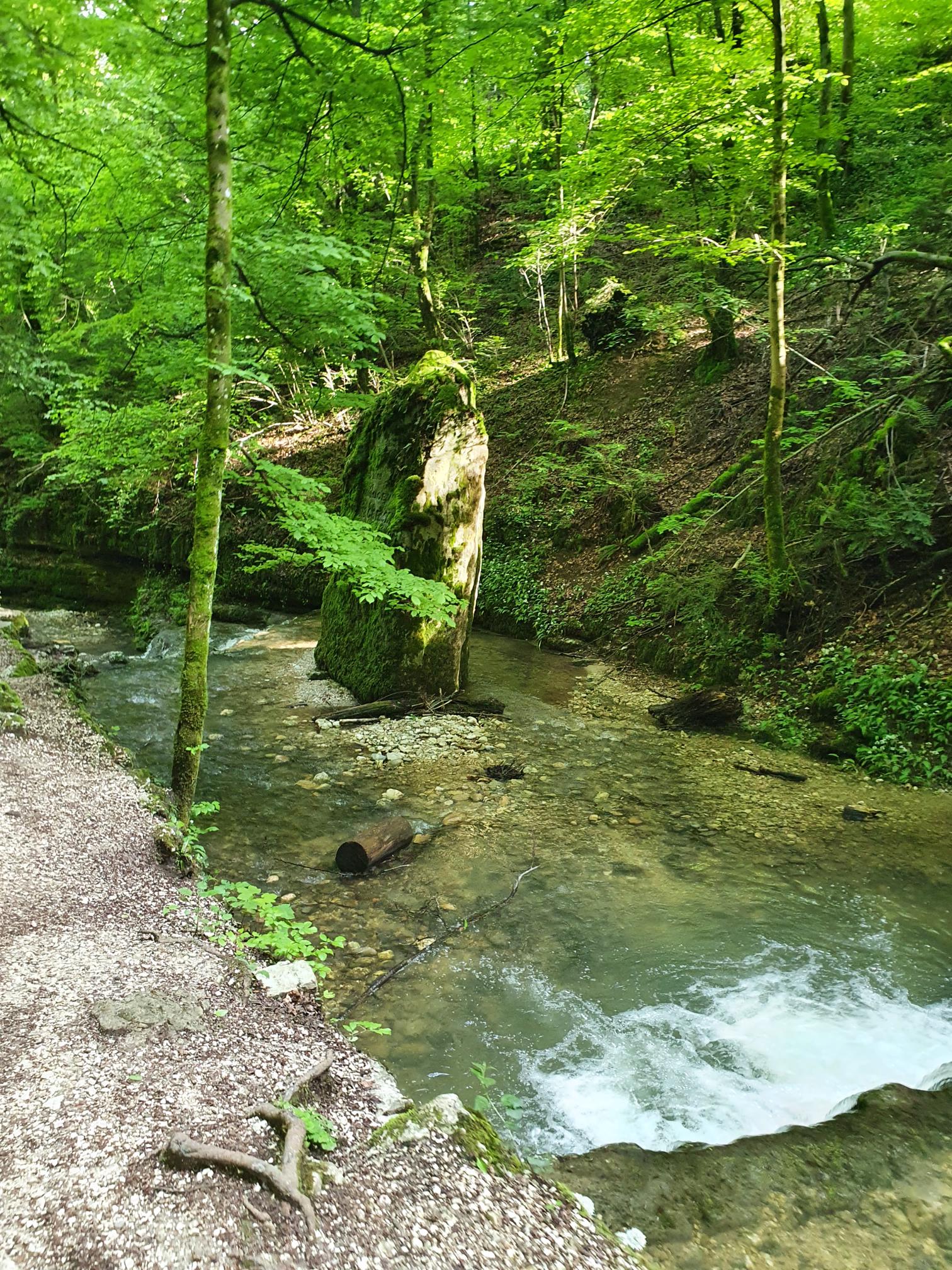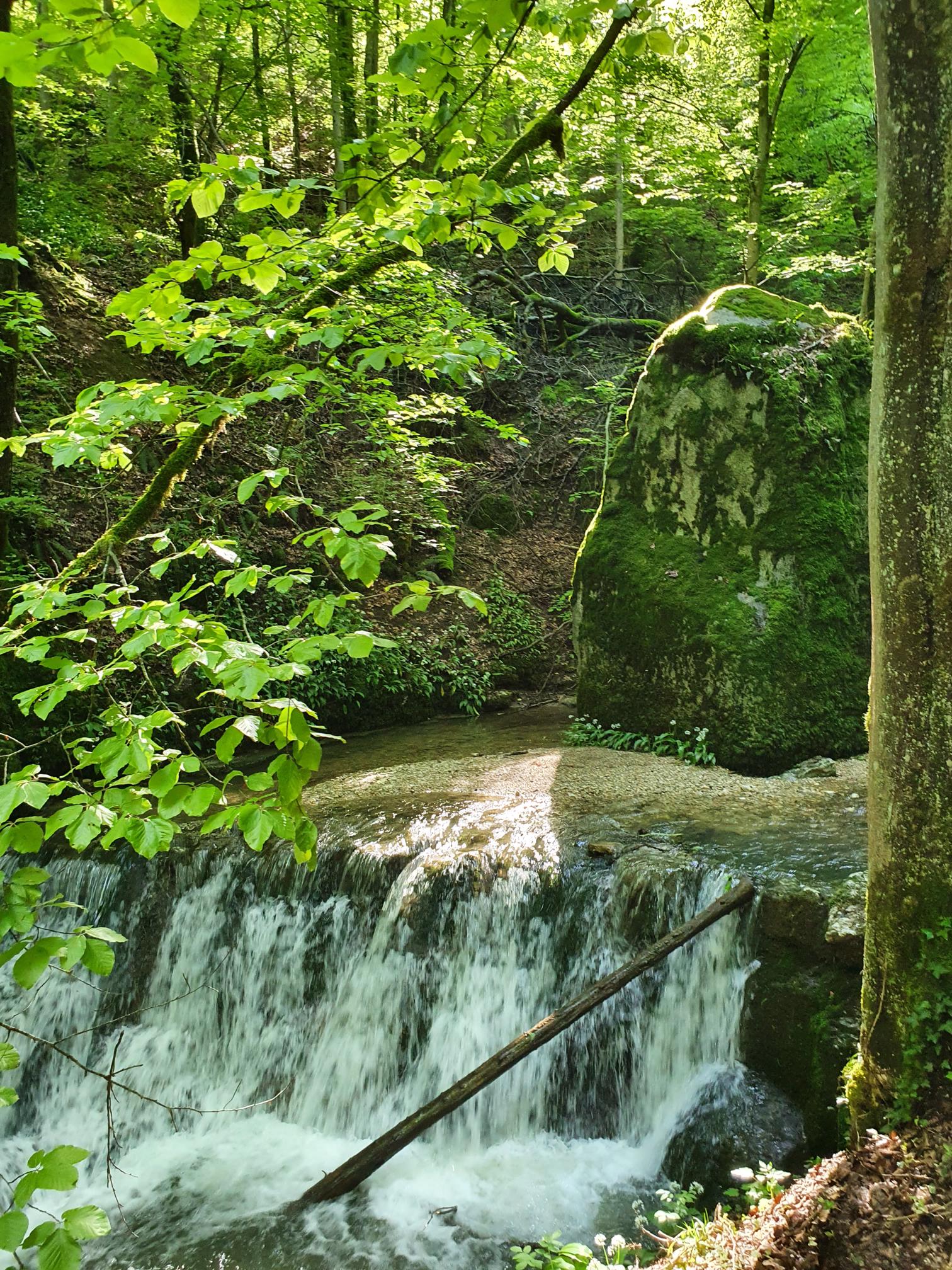To this day, a hermit lives just outside the city of Solothurn. But he is not that lonely: many visitors on the way through the Verena Gorge enjoy the dreamy path through the forest, along the stream to the hermit's cottage.
background
The hermitage, which is dedicated to Saint Verena and dates back to the 15th century, includes a hermit's house and two chapels. The history of one of the two chapels dates back to the 12th century and is one of the oldest buildings in Solothurn. According to centuries-old tradition, a hermit still goes about his work here today.
Verena Legend
When the Christian Roman legions from Egypt, the Thebans, arrived in Switzerland and defended themselves against the unchristian doctrine of the Roman emperor because they were supposed to murder their spiritual brothers, an uprising also broke out in Solothurn. Verena was one of the followers of the Thebans. When it became too dangerous for a Christian in the midst of the Roman polytheism, she retreated to the cave in the gorge near Solothurn.
There she is said to have not only fulfilled children's wishes, but also performed numerous miracles of healing. The merciful Verena even healed the pagan governor, who otherwise acted against the Christians. When a famine struck the city, the citizens brought their last flour to Verena. With a miraculous hand she multiplied the flour so that there was enough bread for the whole city.
A great flood is said to have once thundered through the gorge. Verena was just able to hold on to a hole in the rock and survived. The hole can still be seen today and is used as a wishing hole.
Access
By train to Solothurn, from there on foot or by bus no. 4 towards Rüttenen (stop St. Niklaus).


